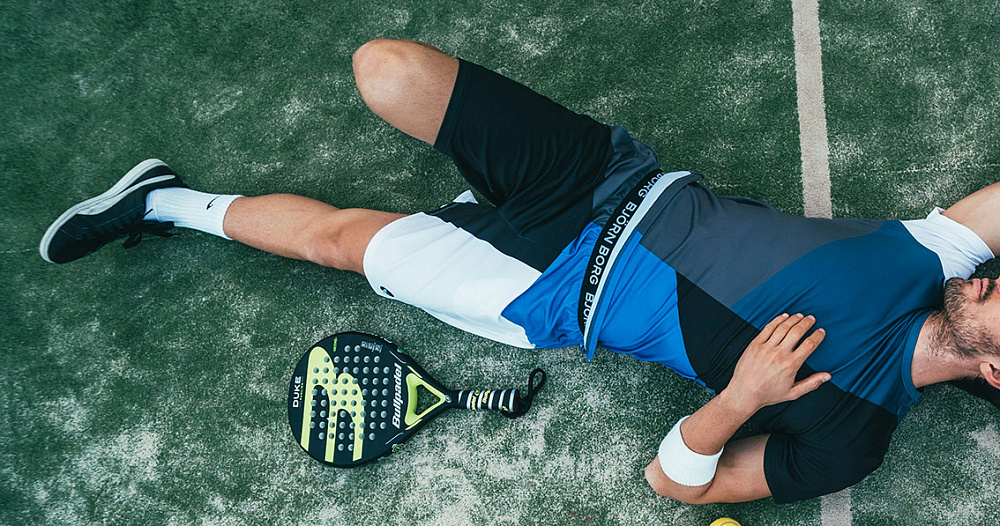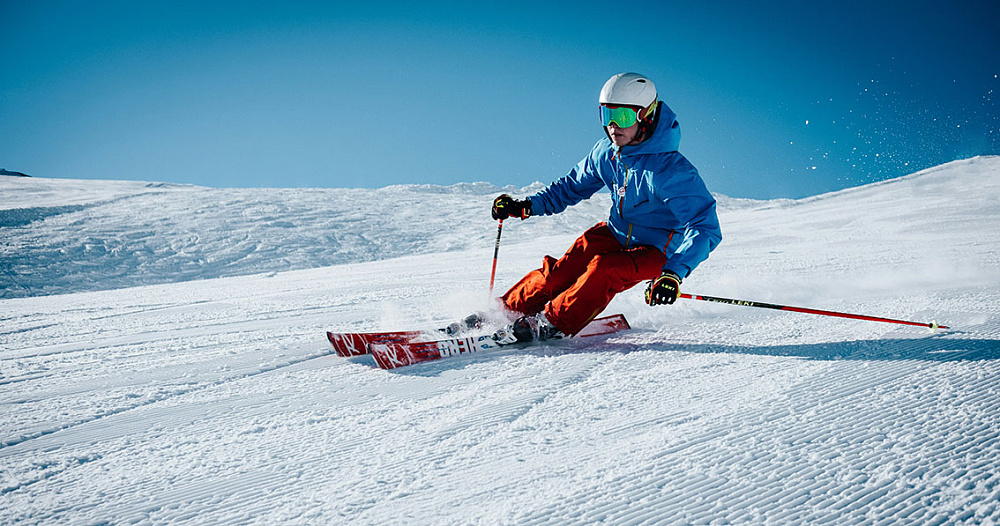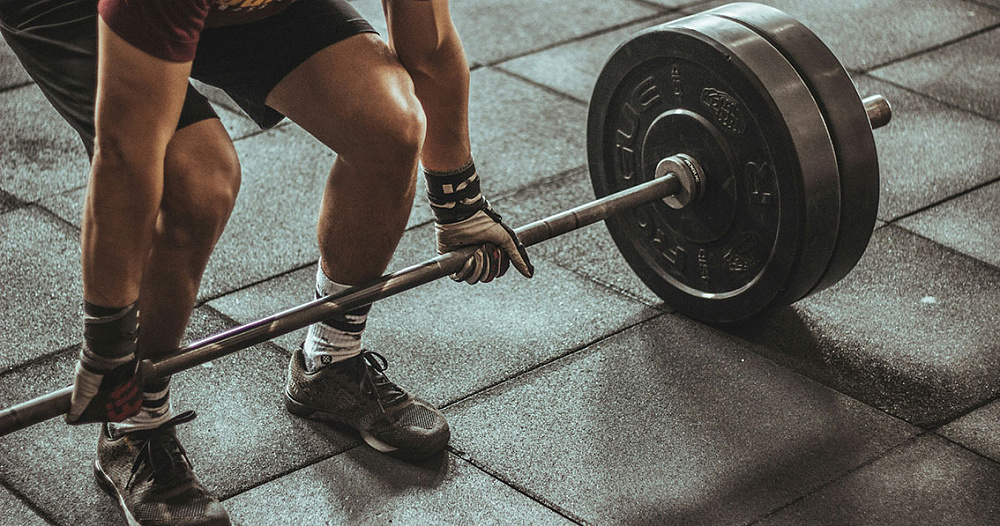Sports are one of the most common causes of injuries. The frequency of various injuries depends on the sports activity. Competitive and especially contact sports, including team sports (football, volleyball, etc.), as well as various martial arts, most often lead to injuries to the musculoskeletal system. In addition to injuries, athletes also experience degenerative processes that occur as a result of long-term high loads on the structures of the musculoskeletal system. They become the causes of chronic pain. All these conditions are successfully treated with platelet-rich plasma.
Sports injury and plasma therapy
Plasma therapy has been used in medicine since the 1970s, and for sports injuries since the 1990s. The effectiveness of the method was first confirmed in 1999, when American orthopedic surgeon Allan Mishra described the results of treating Achilles tendon ruptures and tennis elbow in athletes. In 2014, the American Academy of Orthopedic Surgeons included plasma therapy in its releases, and over the next two years, indications and contraindications for its use in orthopedics were described.
The two main effects of plasma therapy are pain reduction and stimulation of tissue regeneration. This procedure is effective for athletes with damage to any soft tissues: muscles, tendons, ligaments, synovial membranes, joint capsules, etc. It is used for fresh and old injuries, and is also used after surgeries.
The effect is achieved by releasing growth factors from the secretory granules of platelets. The main ones are:
- PDGF, EGF and FGF-2 – enhance the maturation of bone cell precursors.
- TGF-B – stimulates the formation of collagen protein.
- VEGF and FGF-2 – stimulate the growth of new vessels necessary for good blood supply to regenerating tissues.
After the injection of PRP, a long-term analgesic effect is achieved. However, in the first 3 days after the injection, the symptoms may increase due to the inflammatory reaction. Soon after the injection, many fibroblasts can be found in the injection area – cells that produce proteins. This is how the regeneration phase begins, which lasts for several weeks.
Effectiveness of PRP Therapy for Sports Injuries
PRP therapy is highly effective in treating injuries in athletes, accelerating recovery and reducing pain. Plasma therapy is successfully used for sprains and ligament ruptures, bruises, muscle injuries, and after joint surgeries. It can also be used for old injuries.
There is only one limitation to PRP therapy for injuries: it is not recommended for use in cases of fresh bone fractures. Studies have shown that platelet-rich plasma slows down bone tissue regeneration. It is assumed that this effect is due to the “diverting” of the body’s resources to accelerated regeneration of nearby soft tissues.

At the same time, PRP is successfully used for old, poorly healing bone fractures. In such situations, platelet-rich plasma increases the likelihood of bone fusion.
For most other injuries, PRP therapy reduces pain and accelerates soft tissue regeneration. According to various researchers, the procedure is effective in 60-75% of patients with sports injuries.
Advantages of the method:
- Complete biocompatibility of the drug and no risk of immune reactions, since PRP is produced from autologous (own) blood.
- Unlike NSAIDs, it does not affect the digestive tract, while providing a comparable analgesic effect.
- Long-lasting action: Unlike medical drugs, PRP works for several weeks or even several months.
In 2010, the International Olympic Committee recognized the procedure as one that does not affect athletic performance, so participation in competitions is not a limitation for PRP therapy.
The use of PRP has some peculiarities, and if they are not taken into account, the effectiveness of the procedure decreases. This autologous preparation:
- not used together with glucocorticoids, and can be used no earlier than 2-3 weeks after their withdrawal;
- poorly compatible with non-steroidal anti-inflammatory drugs that inhibit growth factors;
- does not enhance the analgesic effect of NSAIDs, but can be used as an alternative to these drugs, reducing the risk of gastrointestinal complications.
Some authors recommend using PRP therapy with caution in the early stages after an acute injury, as pain reduction may cause athletes to return to training earlier than necessary, which entails an increased risk of injury recurrence.
How is the treatment procedure performed?
Treatment is carried out in three stages:
- Obtaining blood. It is taken from the cubital vein.
- Production of the drug. The blood is centrifuged, separating it into fractions. Then the fraction rich in platelets is selected.
- Injection. PRP is injected into the problem area. Local anesthesia is used if necessary.
Treatment of athletes with PRP therapy in Moscow
If you are an athlete who has been injured, you can get help in Moscow at the Clinic of Dr. Glazkov. We employ experienced orthopedic doctors who specialize in sports medicine. In their work, they have been using PRP therapy in combination with other methods of treatment and rehabilitation of patients for many years.






